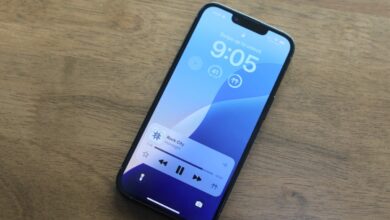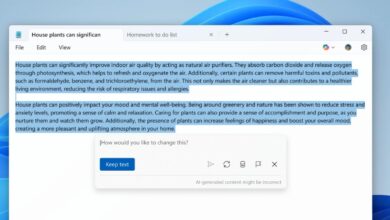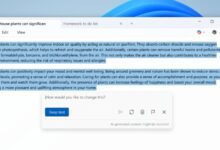The Stream Deck’s new paid app store is here
/cdn.vox-cdn.com/uploads/chorus_asset/file/24997672/Marketplace_Lifestyle_Image_03.jpg)
As promised, Elgato has opened a new Marketplace, which serves as an app store platform for devices like the button-laden Stream Deck and Wave Link. Now, people can sell the plug-ins (like our Bubble Deck app), graphics, digital overlays, emotes, and digital audio effects they create directly to people who own the devices.
Elgato, which was acquired by Corsair in 2018, is inviting people interested in making the items to use this to reach millions of new customers with the ability to set their own prices and says that “at least” 70 percent of each purchase will go to whoever made the item. Or, at least they will when it’s working — the Marketplace website is currently displaying a 403 error that may be due to getting too much traffic.
While the Marketplace launched in beta for Wave Link owners earlier this summer, a new software update just added access for Stream Deck users and a way to log in to an Elgato account, which syncs purchased software (including whatever you already have installed). Elgato also said the account “syncs many asset types automatically, making setup easier and faster,” but it’s unclear which ones won’t be included.
This also means that the existing Stream Deck App Store that was native to its software and devices is going away, and soon, it will no longer be available. According to Elgato’s FAQ, your Deck and plug-ins will continue working even if you don’t install the new software. However, they won’t get any updates, as updated assets will only be available via the Marketplace.
When we reviewed the Stream Deck Plus last year, we noted how much of its functionality came from developers working without a way to monetize their efforts, and it’s great that they will be able to get paid now. Still, it’s unclear what the total effect of centralizing access through the Marketplace will have on the community of people who make software for the Stream Deck.
Another change in the new version 6.4 software update for the Stream Deck will automatically add a website’s favicon (the small logo that shows up in your browser’s toolbar) to the button instead of a generic Chrome icon or something else. I tried it on my own, and it worked, but I had to remove and add any links to buttons to get the favicon to appear.







